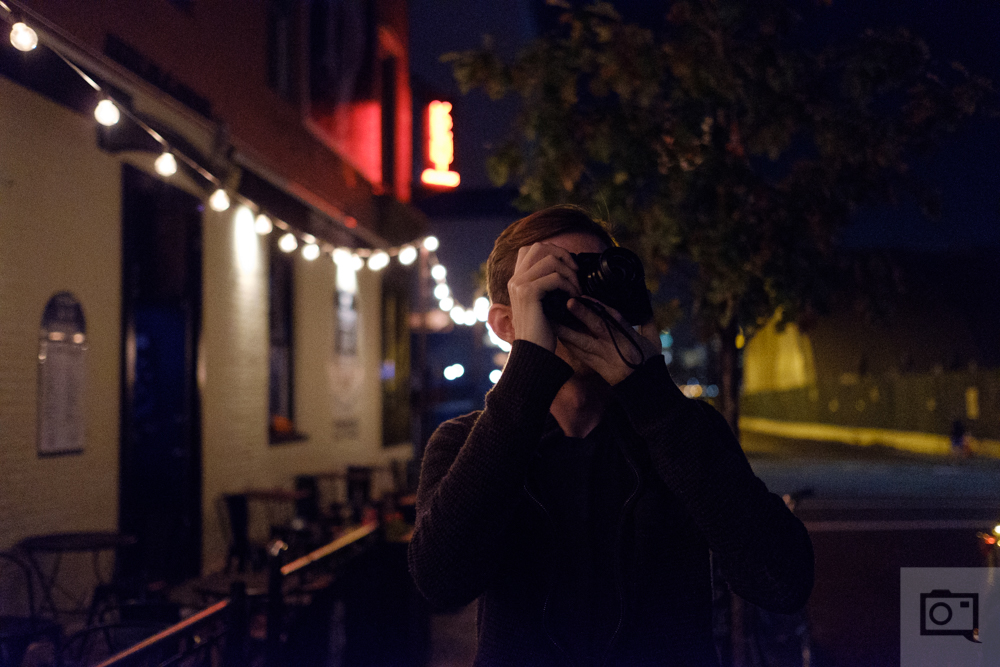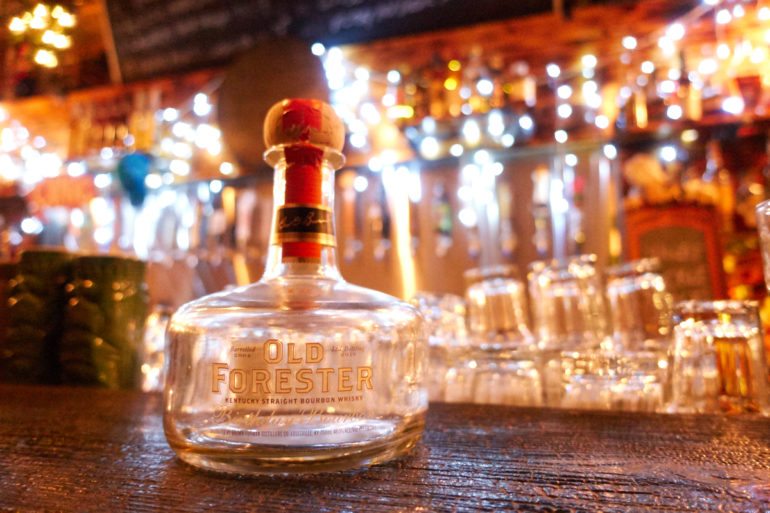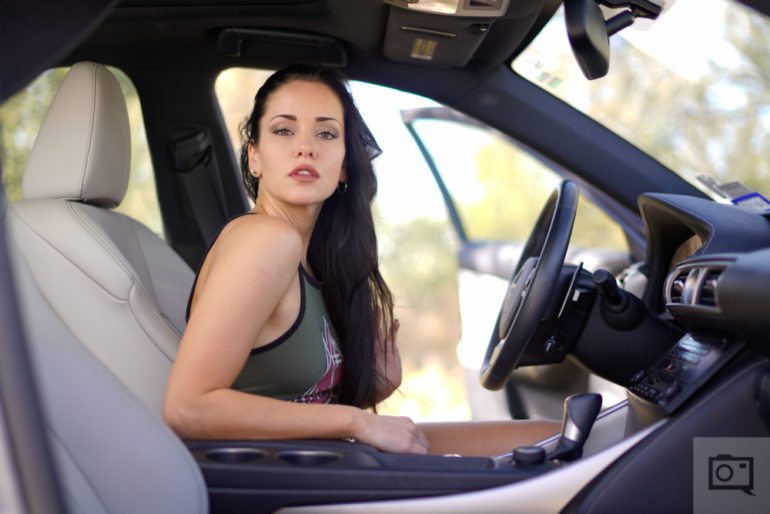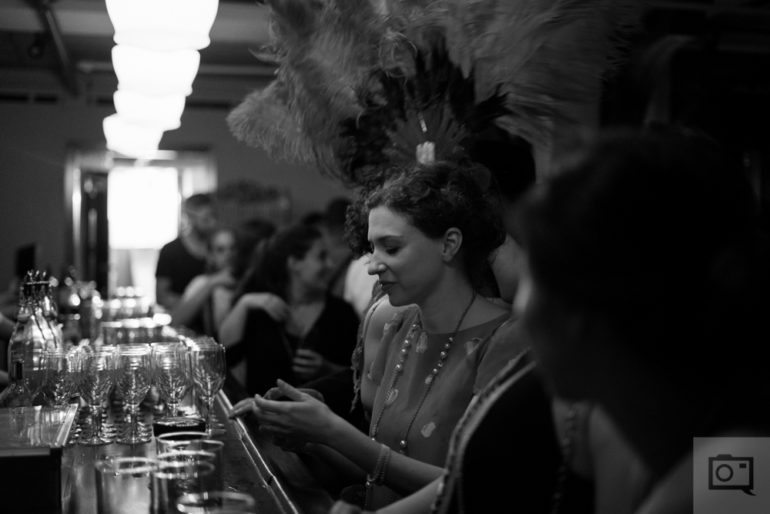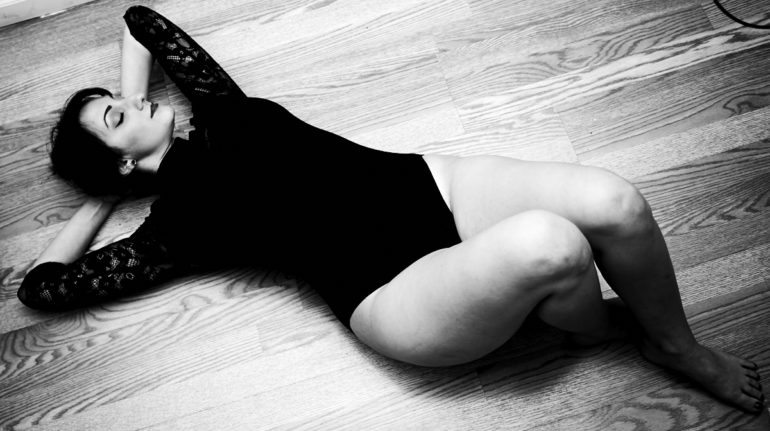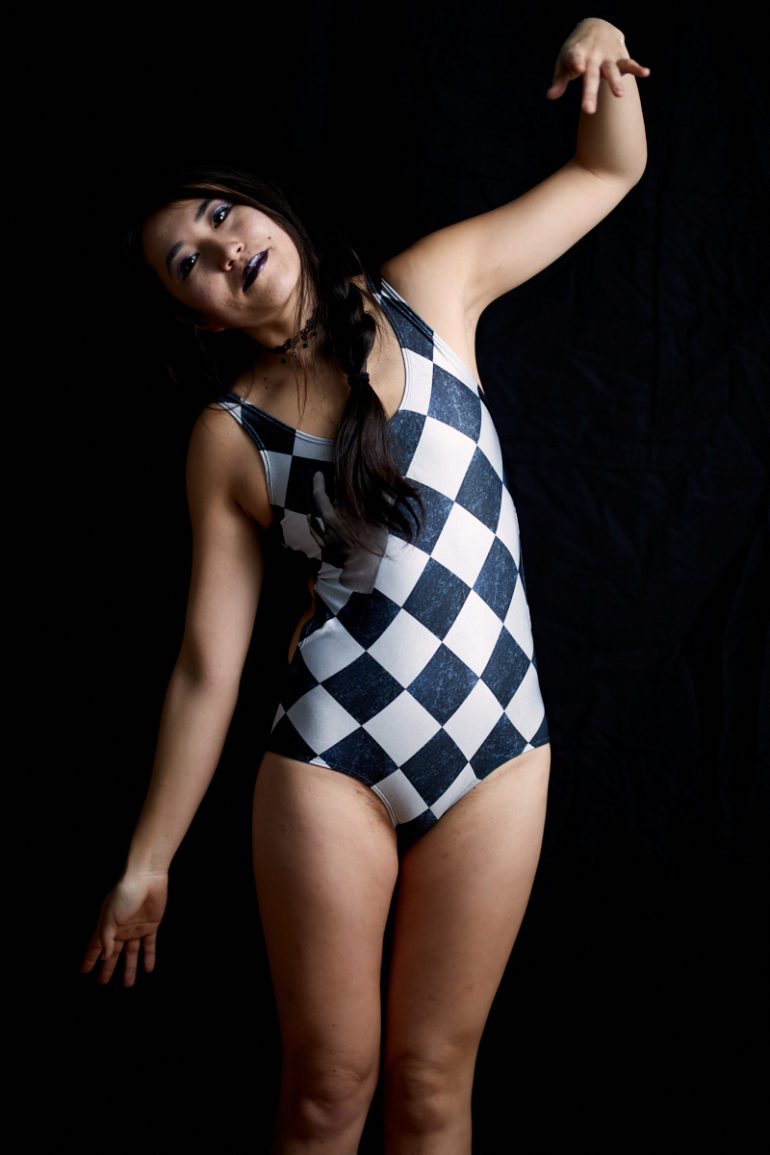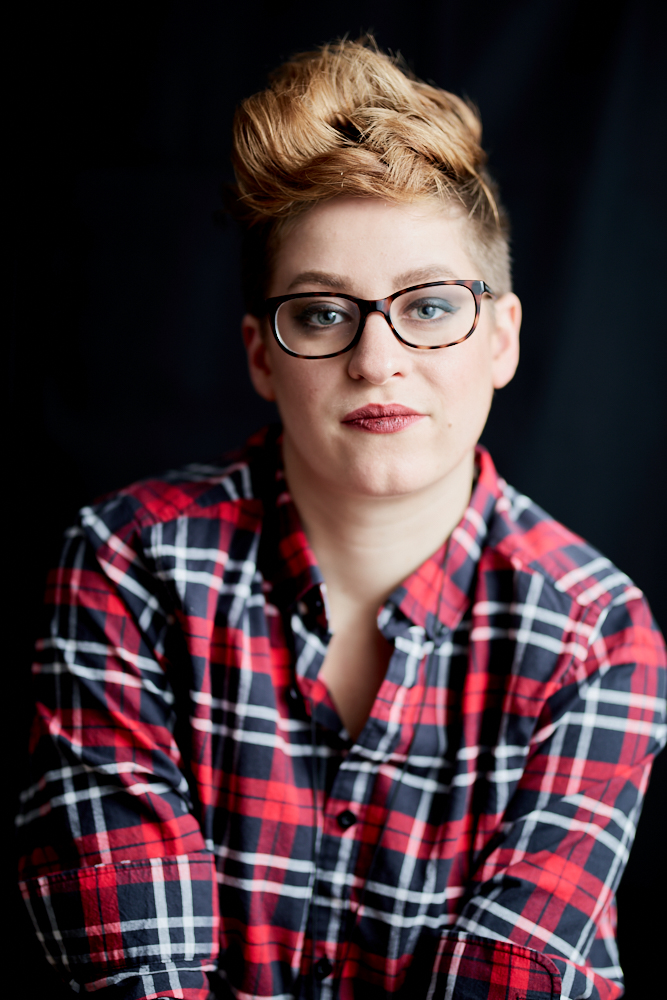For many, many years, I was a hardcore Lightroom user. When it comes to the way that most people work, I don’t blame them for using the product; it’s simple, is more than good enough, and it allows you to manage your system, edit, print, and export all from one spot. It’s a one stop shop in many ways. But the old adage goes something along the lines of believing in and knowing exactly what you have until you suddenly see something else that’s more shiney, better, robust, etc. For me, that’s Capture One Pro 10.
Before someone goes and starts saying something along the lines of, “These bloggers need to start coming clean about why they choose what they do and how much they’re getting paid,” neither Capture One/Phase One or Adobe are paying me to write this piece. In fact, after seven years of running the Phoblographer, our website is far more transparent than a number of competitors (one starting with an F, and another starting with SLR). Just take a look. Nor am I going to put any sort of affiliate linkage in this post. If you choose to go to Capture One 10 after I’m done here, I’m not going to take any sort of credit.
And now back to the post.
I first was really turned onto Capture One when Jeremy Cowart talked to me about it years ago in an interview. He said that whatever it was doing, it was pure magic. Judging by the quality of his work, I tend to agree. But at the time, I just wasn’t ready to step out of Lightroom. That’s what most photographers will have: you’ll find a moment in your career where you feel like you’re cocooned way too much and you just need to spread your wings a bit.
Fast forward to a few weeks ago when I was listening to Tony and Chelsea Northrup talk on their podcast about just how terribly slow Lightroom is at one point–and to when I chuckled. Yes, I agree with them. However, I was deep into using Capture One 10 by that time.
A few months back, Digital Photo Pro Editor, David Schloss (yes, a lot of us are actually friends in real life), and I made a pact to move onto Capture One 10. He took off into it before I did, discovered a whole lot of really cool things, told me about it, and I dove deeper in. At first, it was tough. But now after months of working in it, I’m not exactly sure how I could possibly go back to Adobe Lightroom. The company hasn’t offered a major update for it in a while, it’s always slow, and it’s kind of backwards in how things work–at least once you think more about color theory and the way you edit.
Capture One 10 is a whole lot more complicated, but it also kind of sections off a specific workflow for you in a way that I was mostly doing anyway in Lightroom. Most folks, when they go to the development panel, end up working from the basic section and moving all the way down. Instead, I start from the bottom and make my way up. Applying a camera profile, then setting up lens adjustments, then specific color tuning, and then curves,and more global changes afterwards, providing that I’ve metered my scene correctly.
I’ve also had friends ask me about getting into Capture One 10. And I tell everyone that unless you really, really intend on doing a lot of work to your photo to get the absolute best colors and images and want to learn something totally new, don’t do it. Most people just need Lightroom. In fact, I’d argue that most people can just take a JPEG from a camera, bring it to their phone and edit it there.
Yes, you can. Don’t kid yourself.
If you’re a Capture One 10 user, this is going to sound absolutely familiar.
Capture One 10 has all this and a lot more. The import process is pretty much the same and you’re also still using catalogs. Picking, rating, and color coding is also still there; but with picking what I tend to do is just sort by red or green, then edit my green flagged photos. Certain things aren’t so simple or straightforward though: like how cloning an area out of a scene requires you to add a clone layer and then draw a mask over said area–then adjusting and moving accordingly. But the algorithm is generally smarter.
Then there’s the bigger part: their actual RAW file rendering coupled with their lens profiles. Jamie MacDonald is an Olympus Visionary and a contributor to this site; and I’ve introduced him to the Capture One 10 lens profiles for Olympus which Lightroom doesn’t have, simply because the profiles are generally just baked into Olympus’ RAW files. But when you look at what C1 can do, you’re shocked.

You can even do slight retouching, just like you can in Lightroom.
Then there’s noise processing, sharpening, different types of clarity, etc. You’re not getting Adobe’s ease of use with Upright tools or Dehaze, but those effects can be created with a bit of logic in Capture One 10. Arguably, they’re also just done better.
Now here’s the best part for most photographers: when it comes to exporting your images, Capture One 10 is leaps and bounds faster than Lightroom. A session of 30 images will take less than half the time that Adobe Lightroom will on my old 2012 Macbook Pro 13 inch.
My personal favorite part though has to do with printing. As part of our tests here at the Phoblographer, I’ve taken to printing high ISO images from cameras at 6400 on 13×18 sized paper from Red River to see the results. Capture One 10 makes printing a whole lot easier than Lightroom, though I wish it had its own dedicated panel the way Lightroom does.
For my test of the Canon M5, I needed to go into Lightroom to edit the RAW files because at the moment, C1 doesn’t support the camera’s RAW files. But every time I was in Lightroom, I found myself wanting to work with a preset inside and fine tune it to my own liking.
And that’s honestly just okay: you can sit there and work with the RNI or VSCO preset of Portra and convince yourself as hard as you wish that it looks like film when you probably haven’t even set your white balance correctly. But to me personally, I find that a bit too pedestrian for the type of work I want to do. Again, that’s just for me personally. I’m not at all talking down to anyone who uses Lightroom. But instead, what I’m saying is at a certain point in your journey as a photographer, you’re going to want something better. An upgrade. Kind of like a camera.
And for me, that’s Capture One 10.


